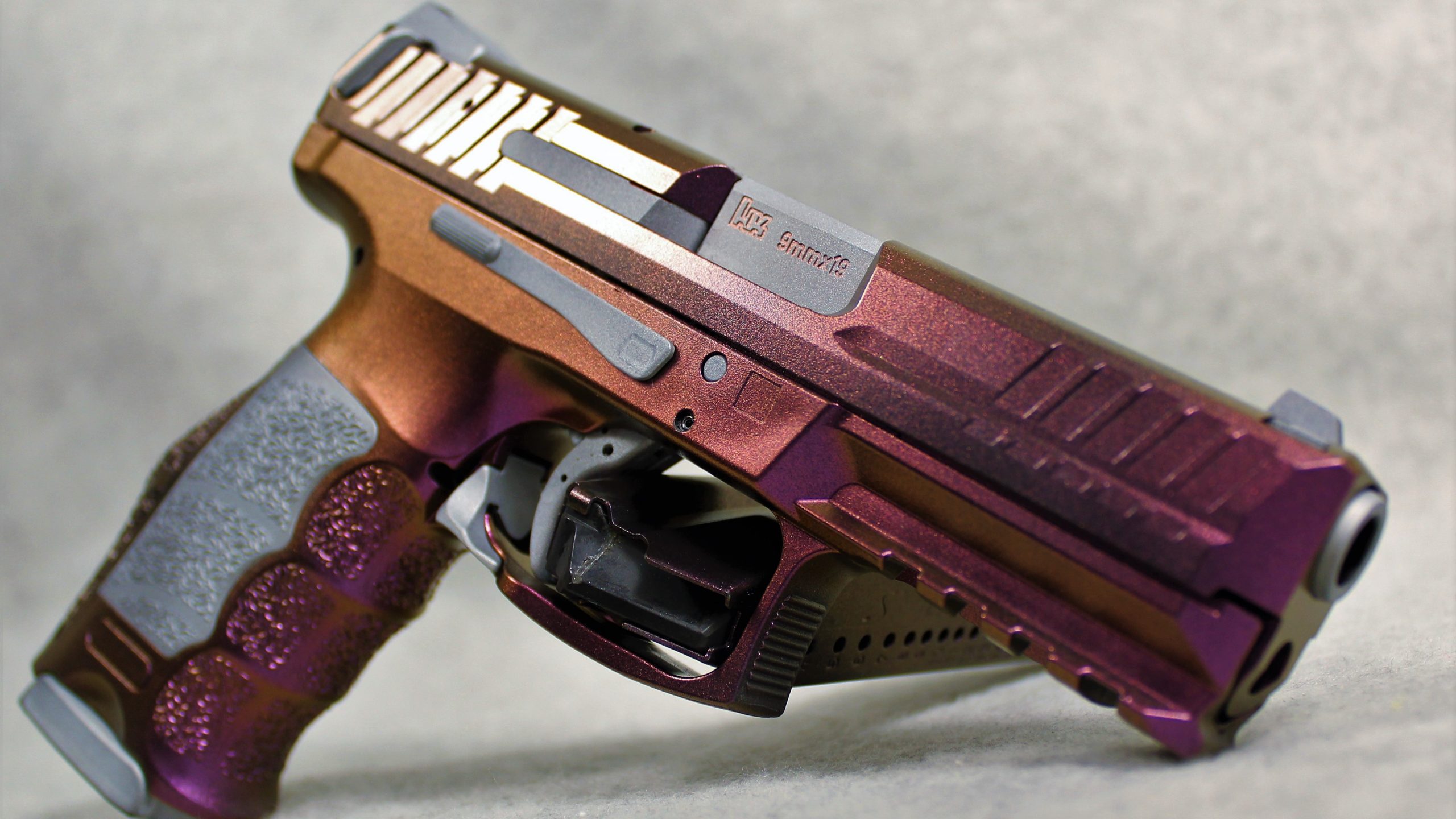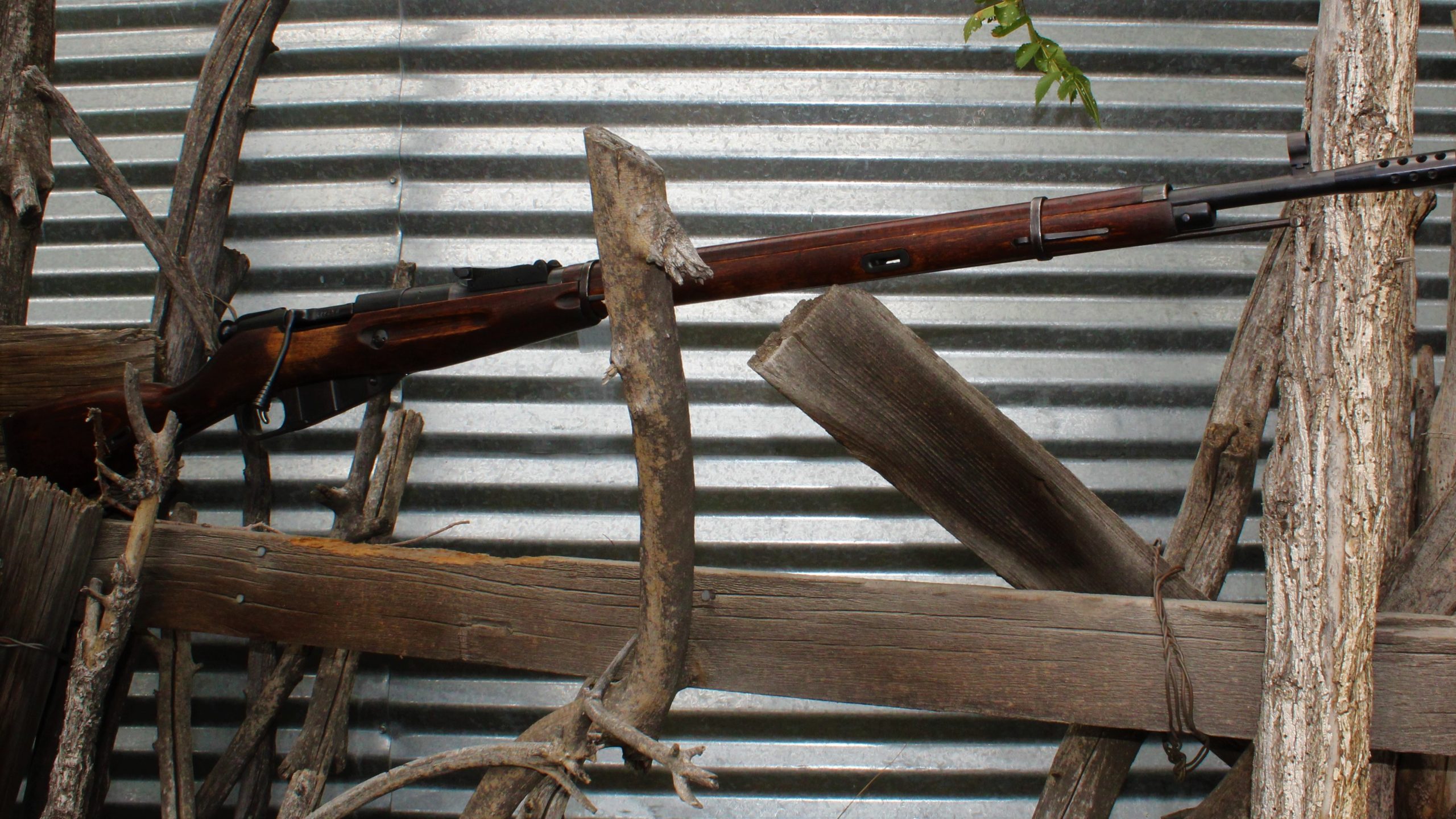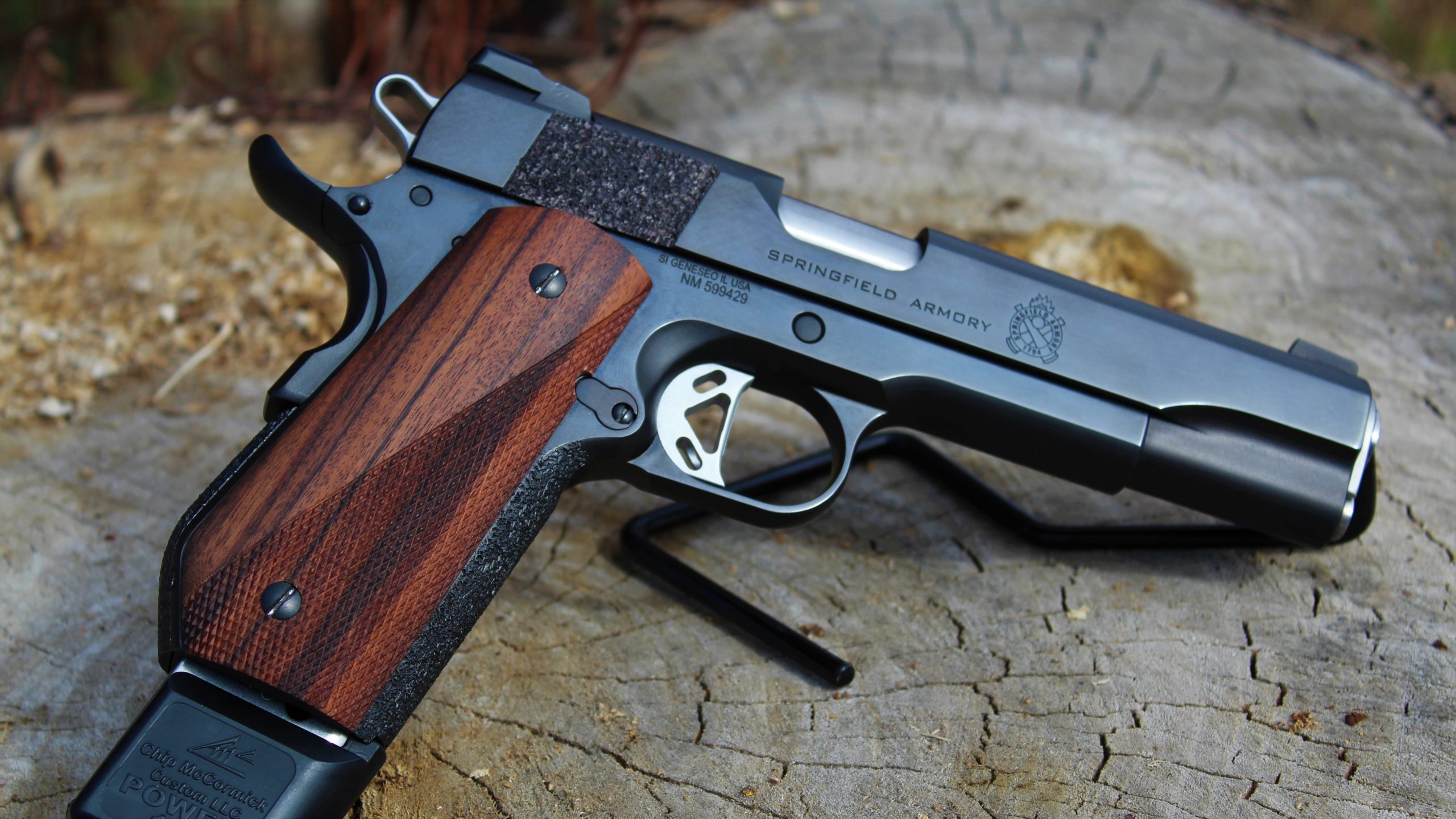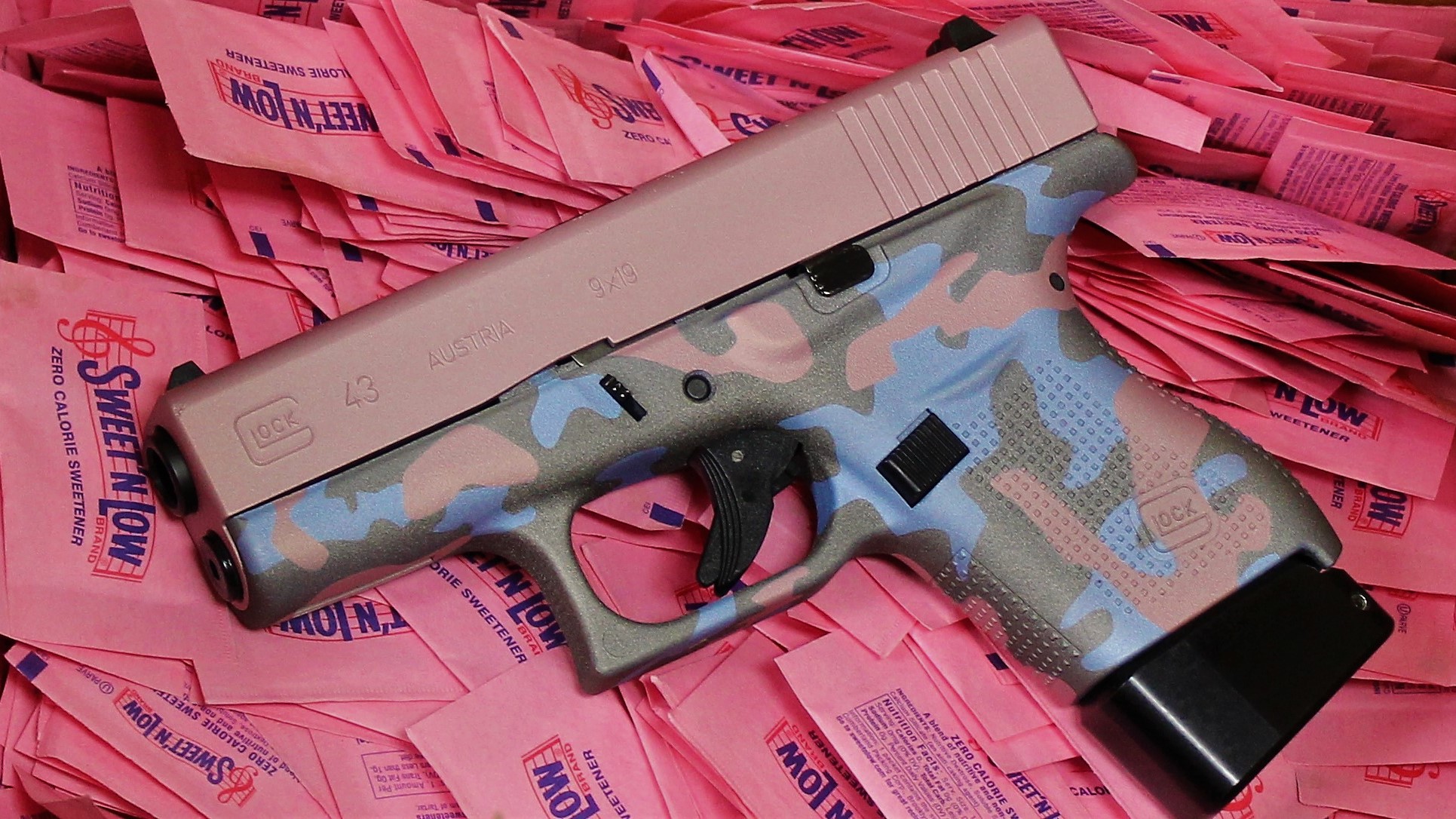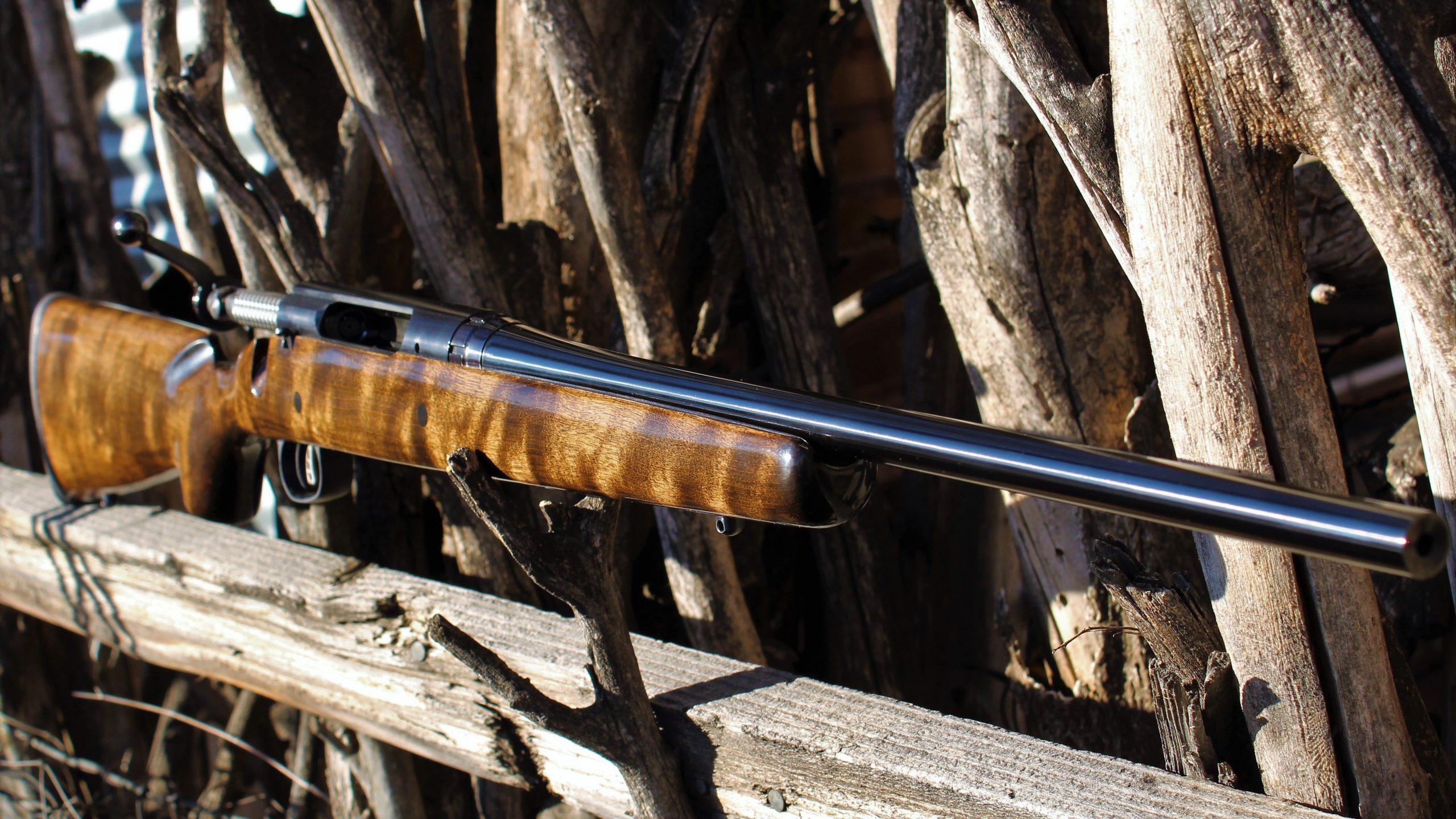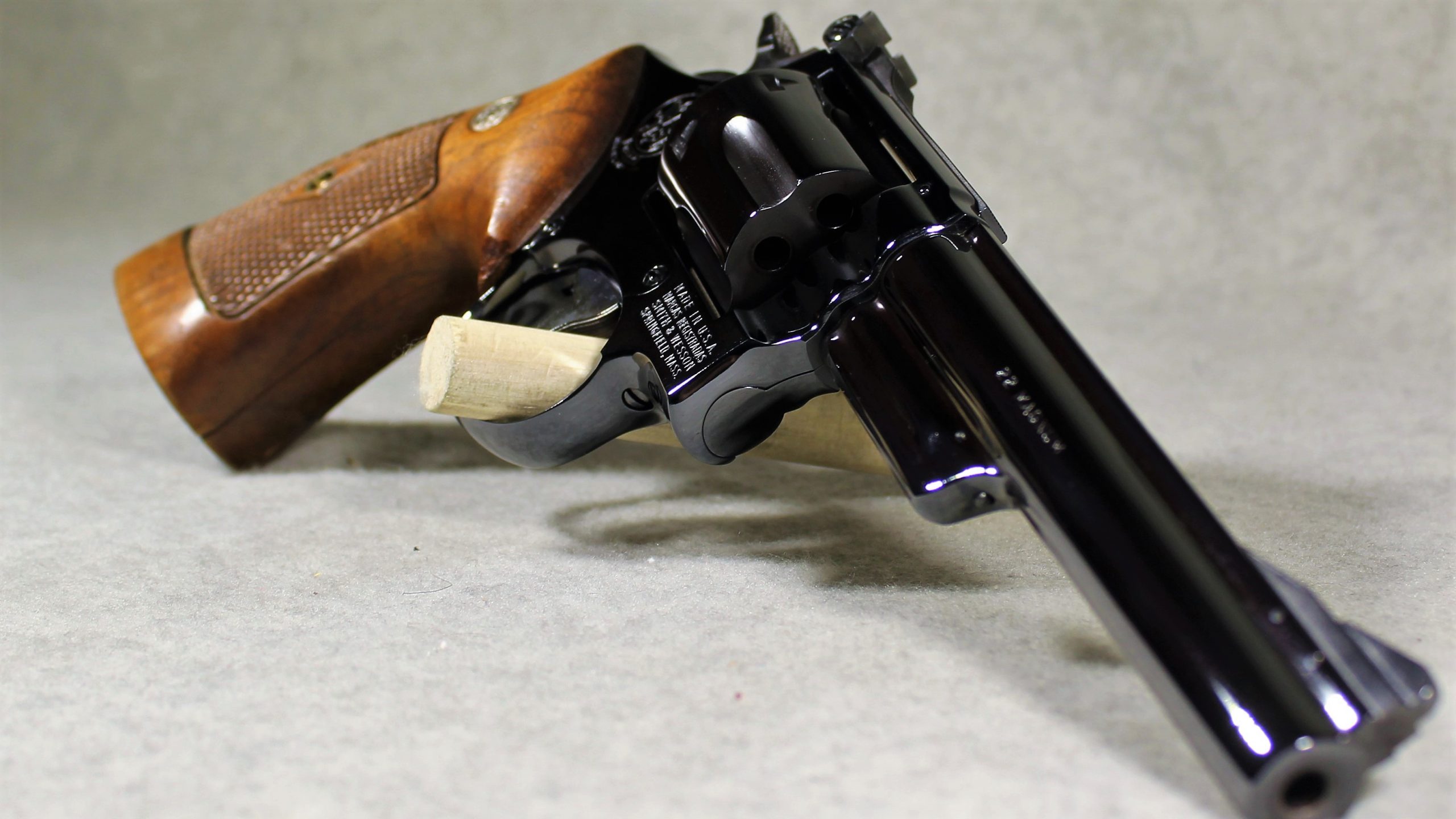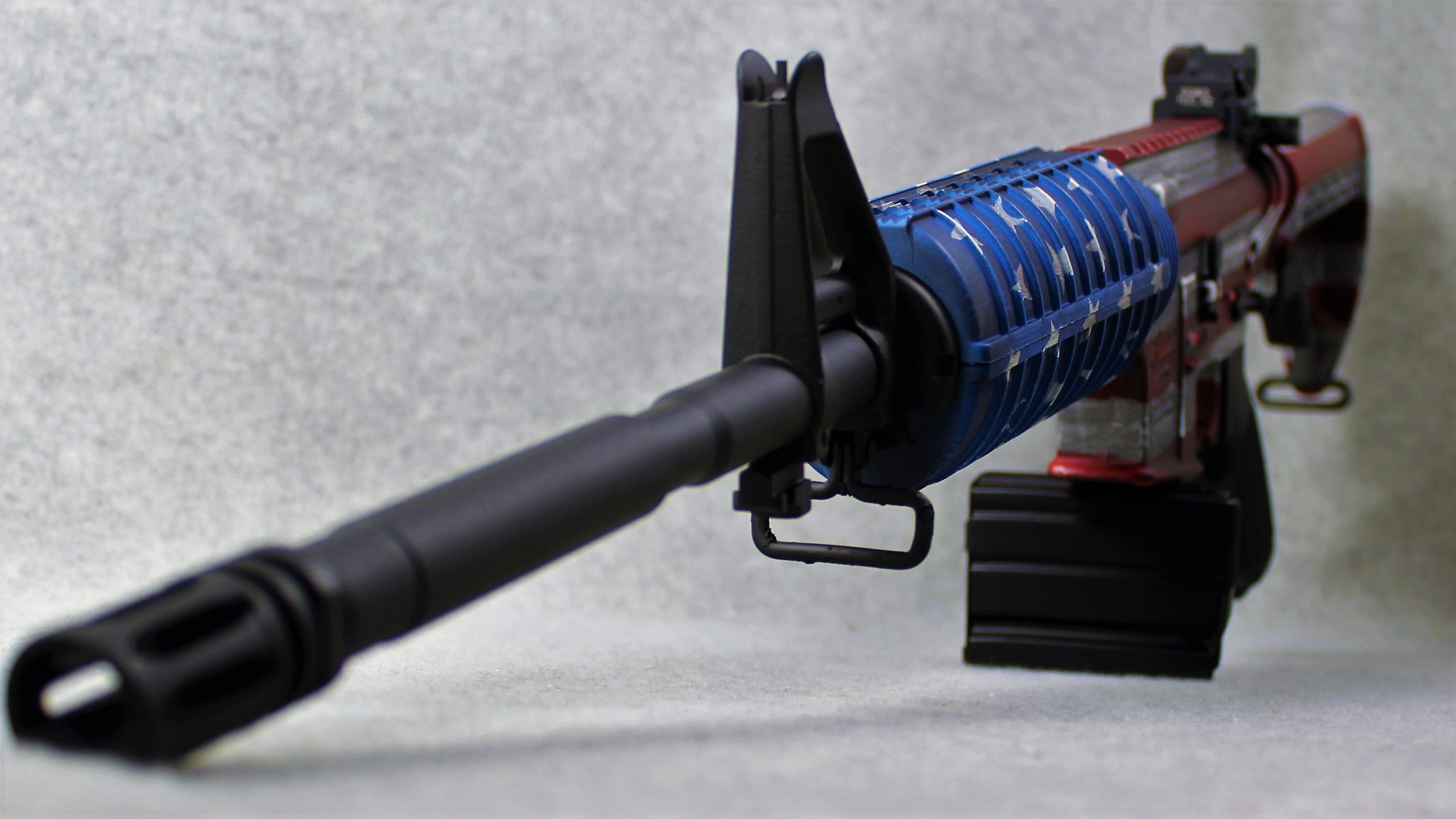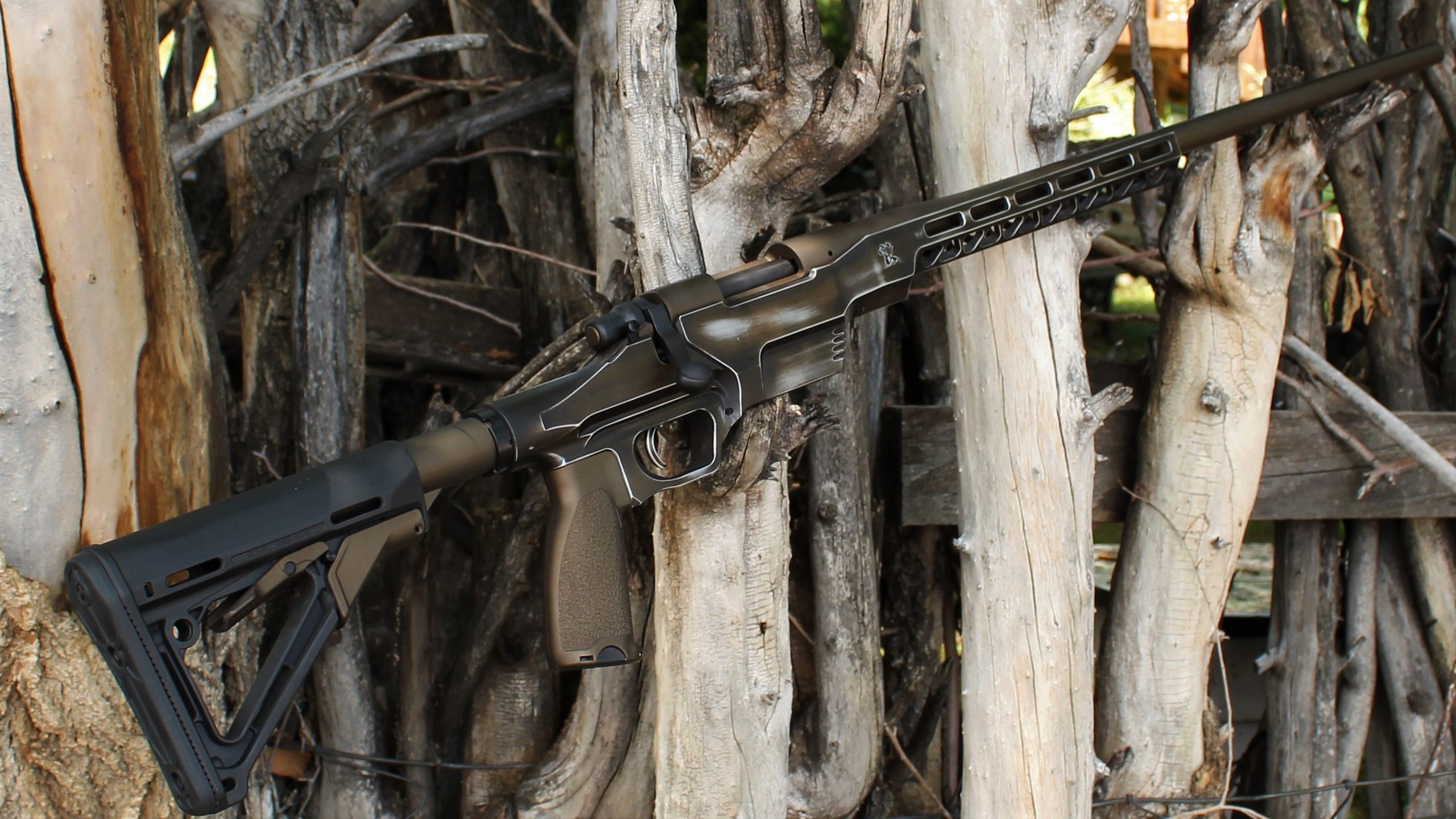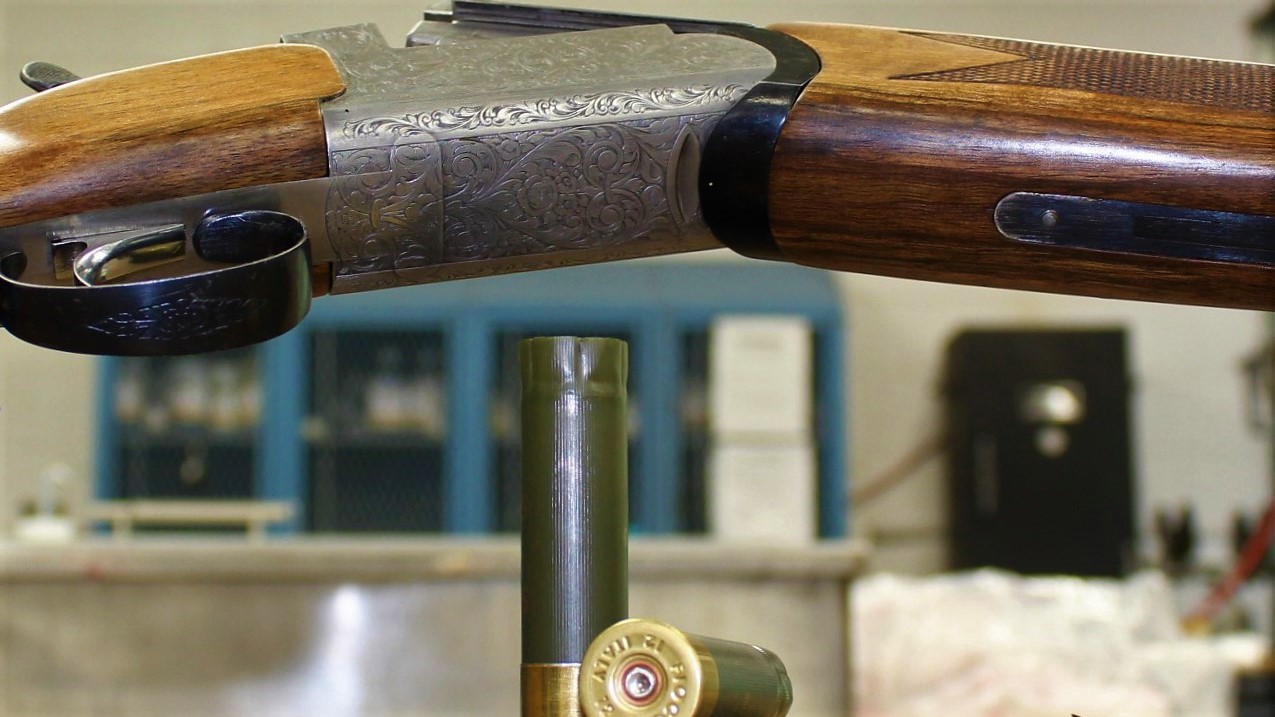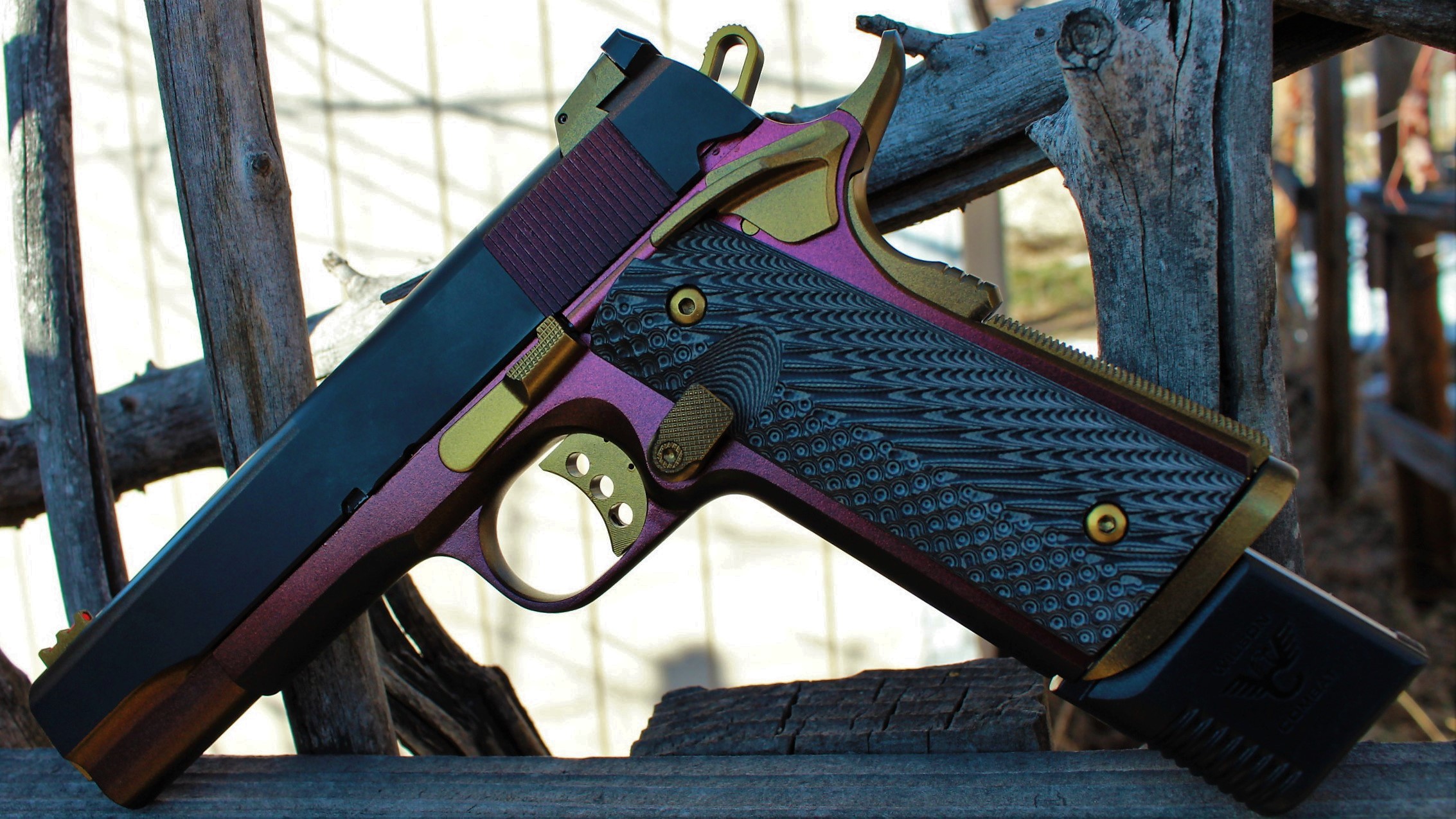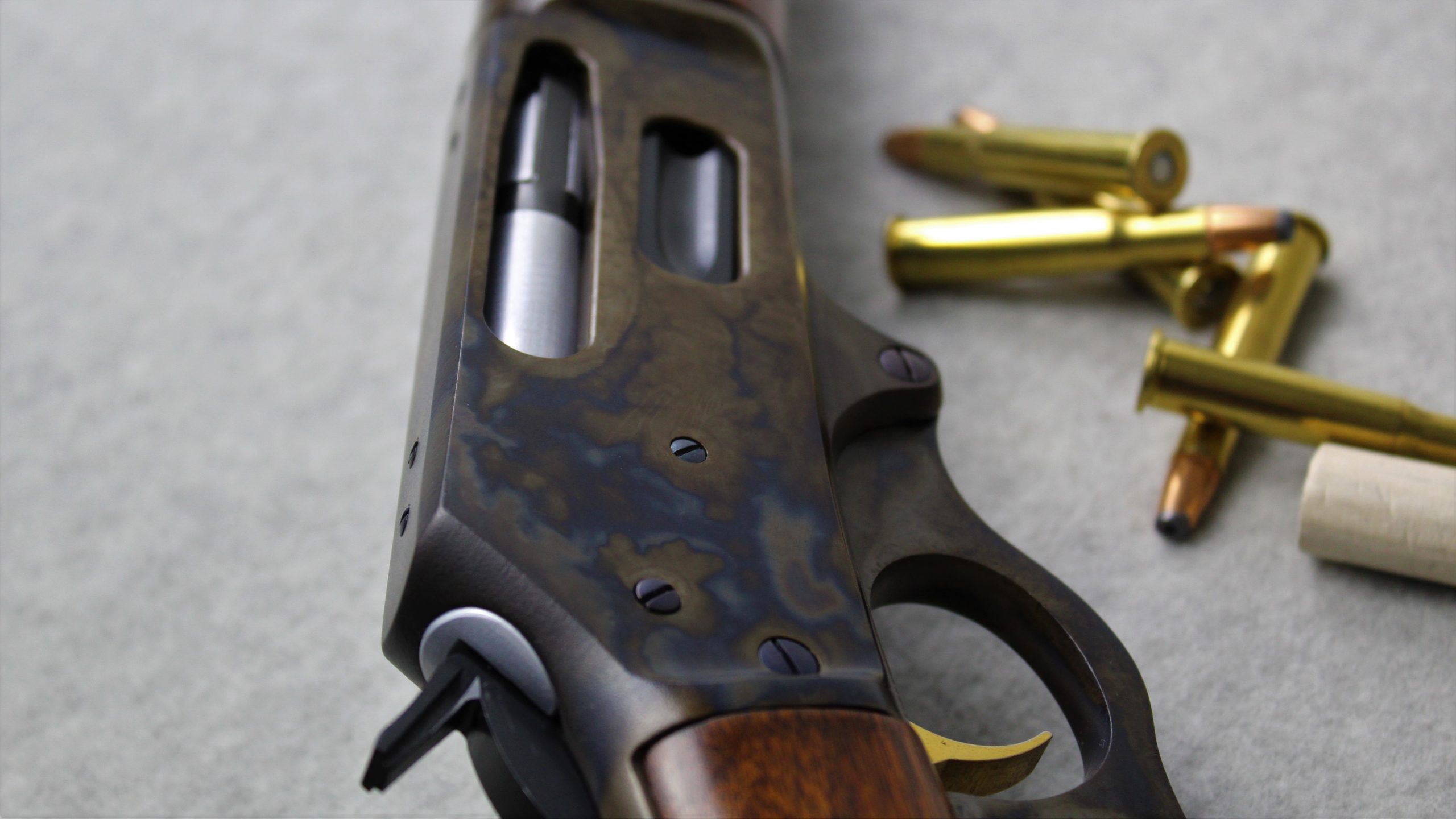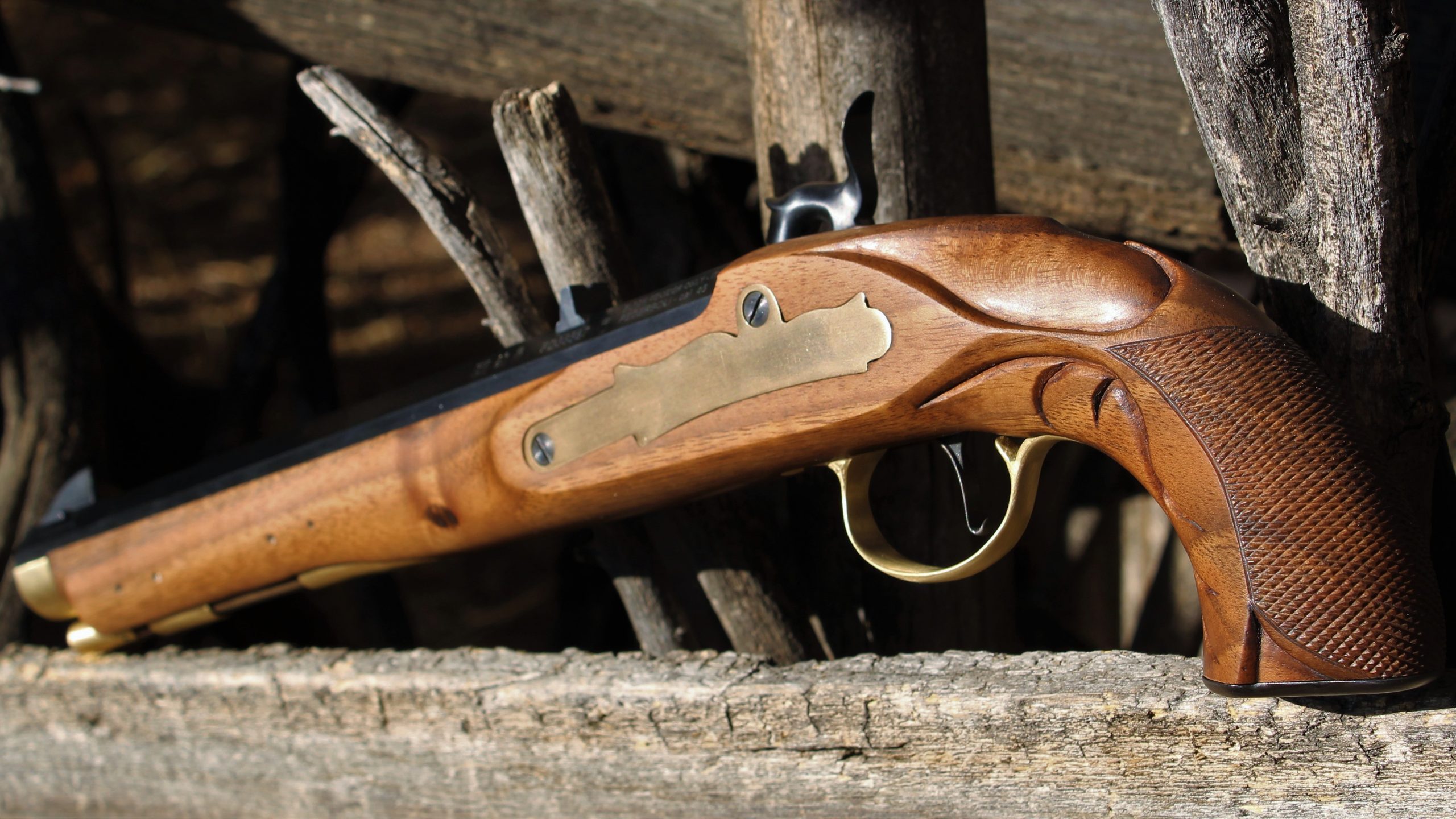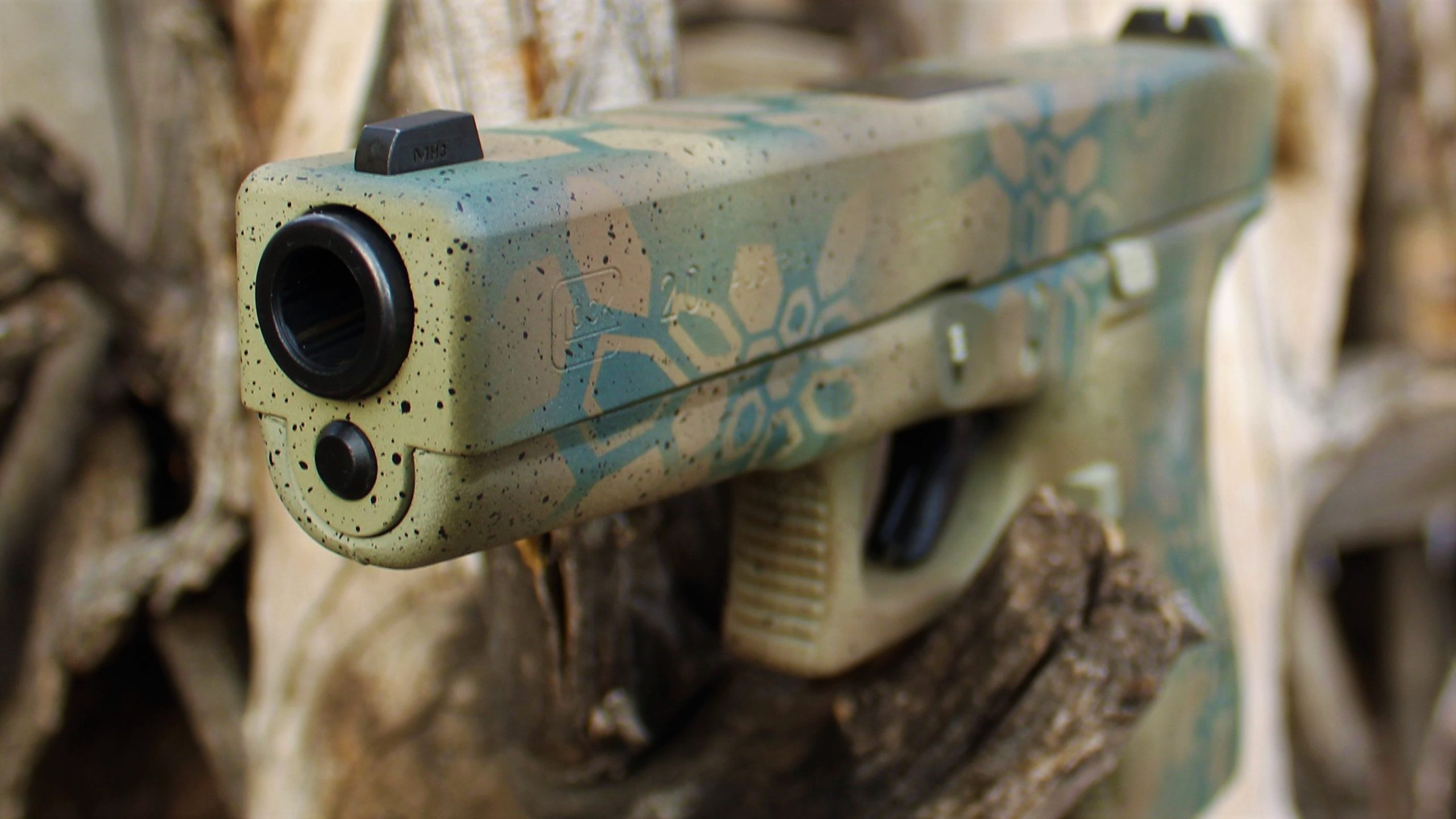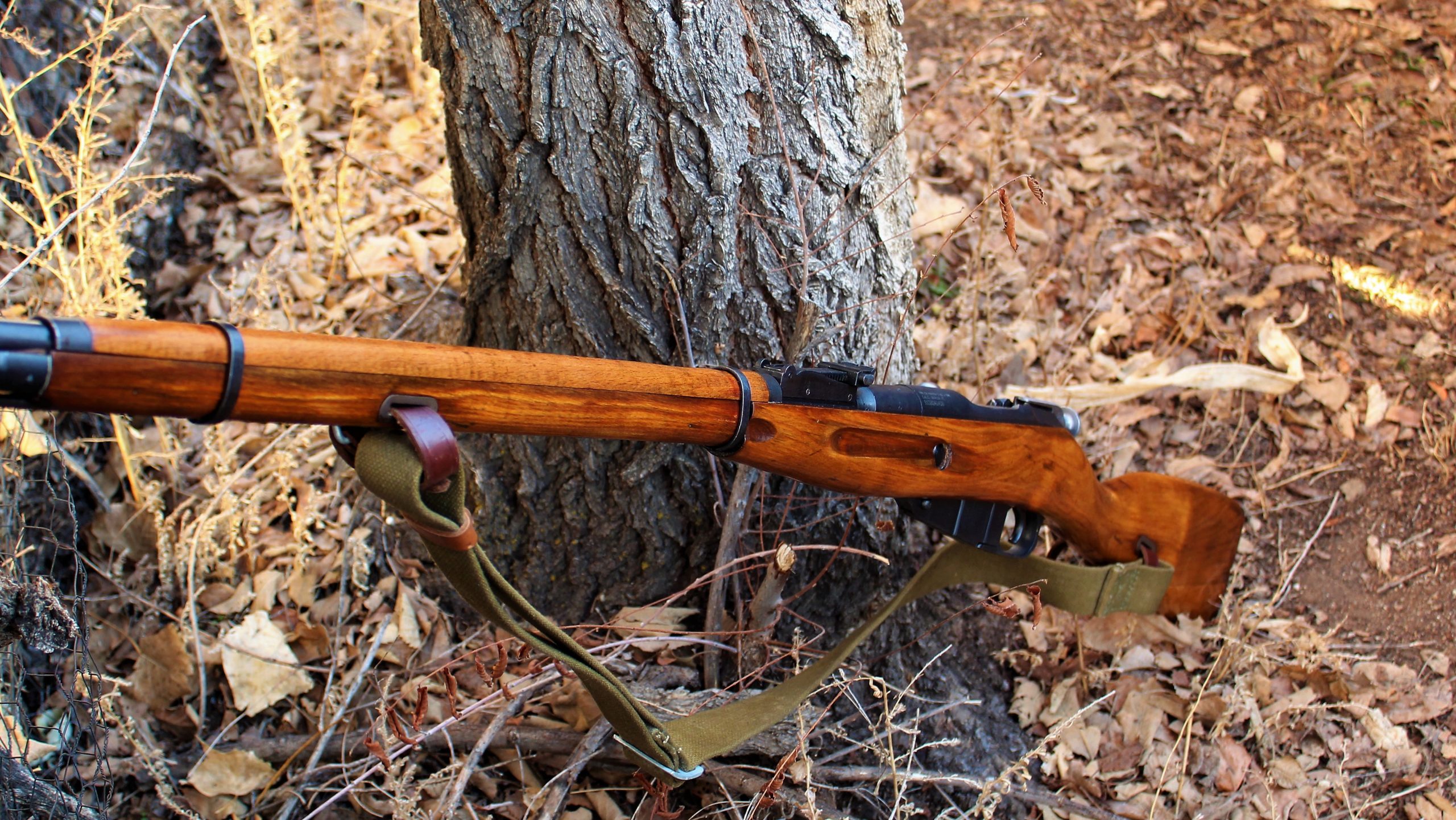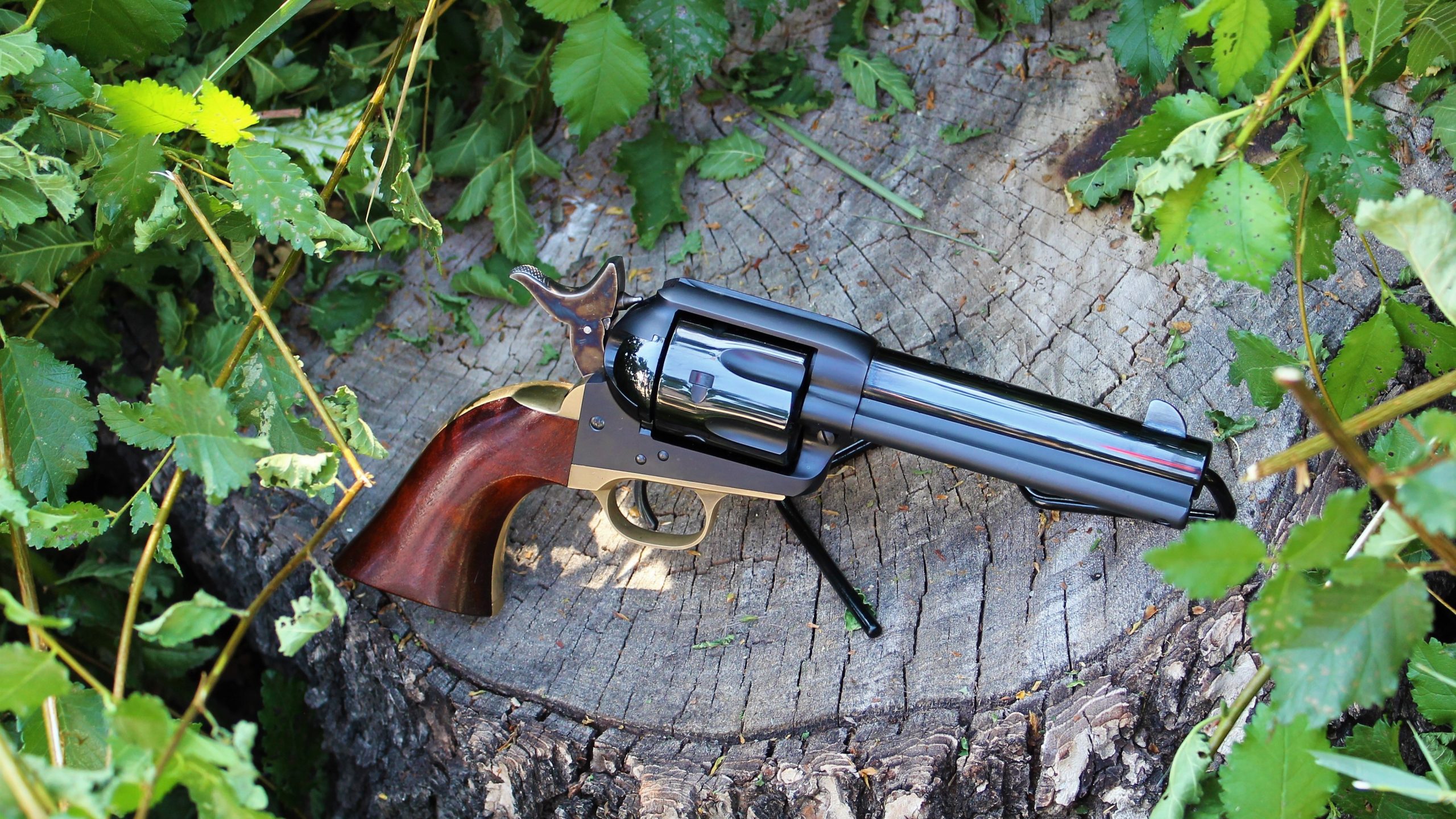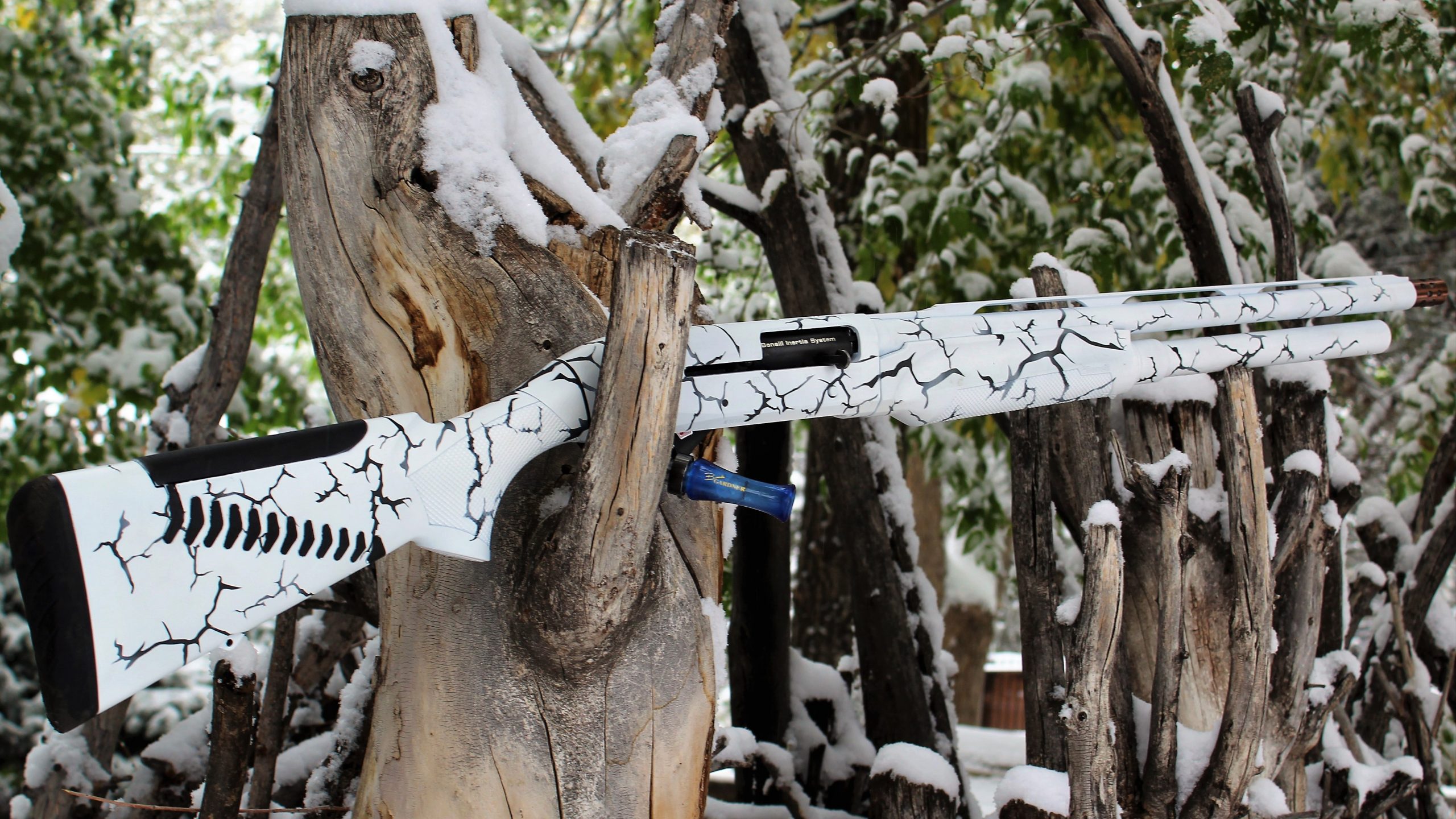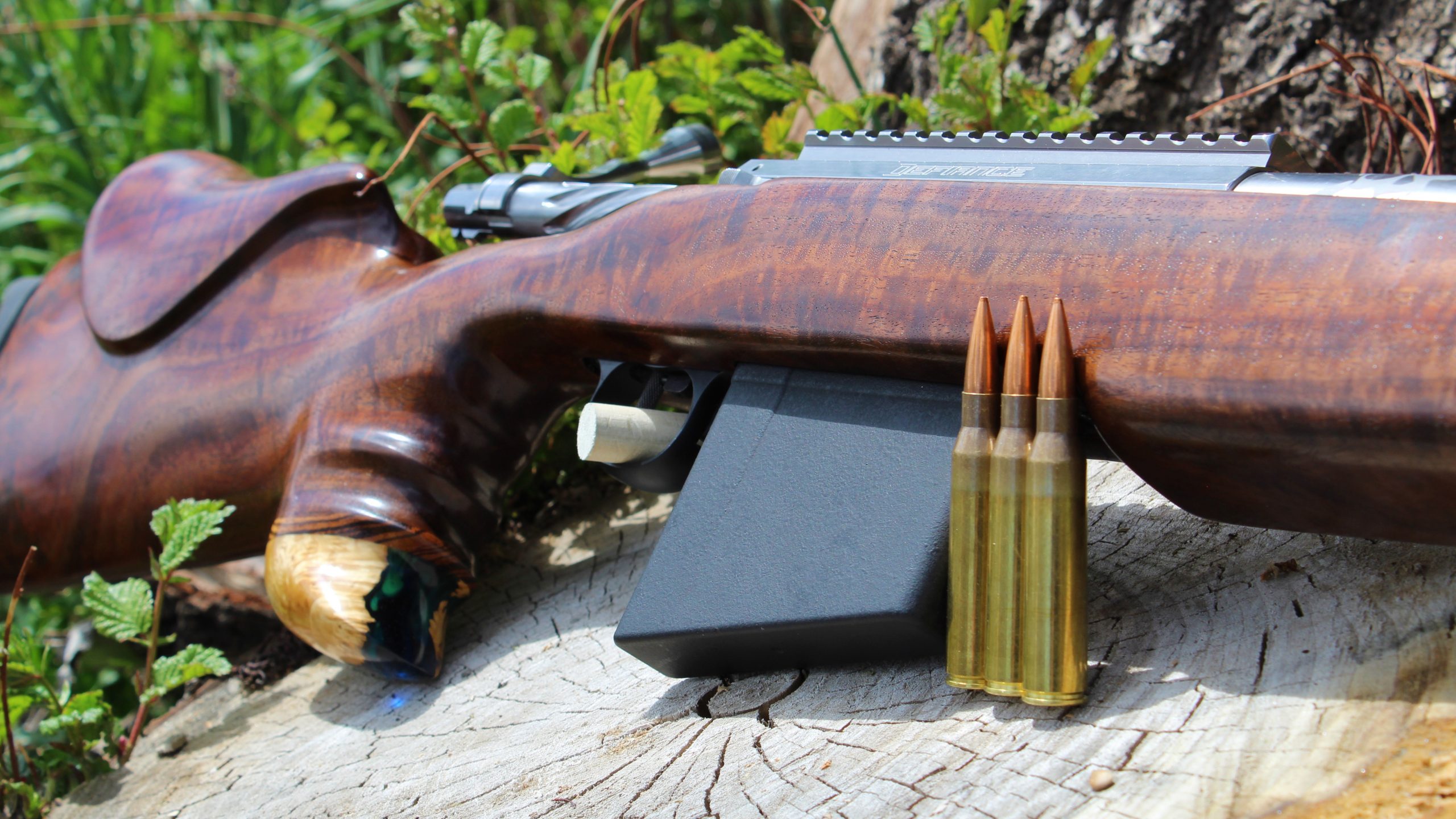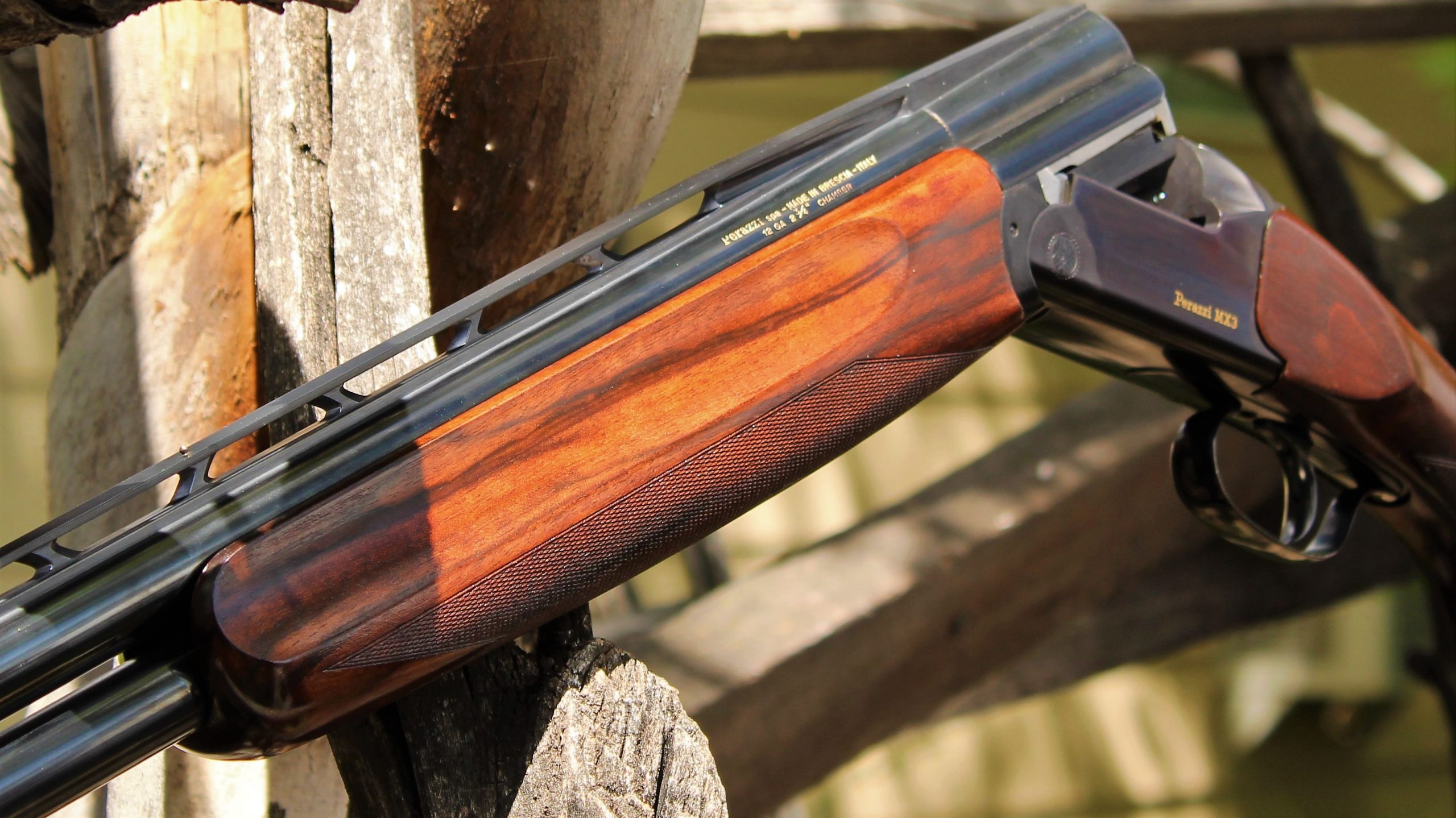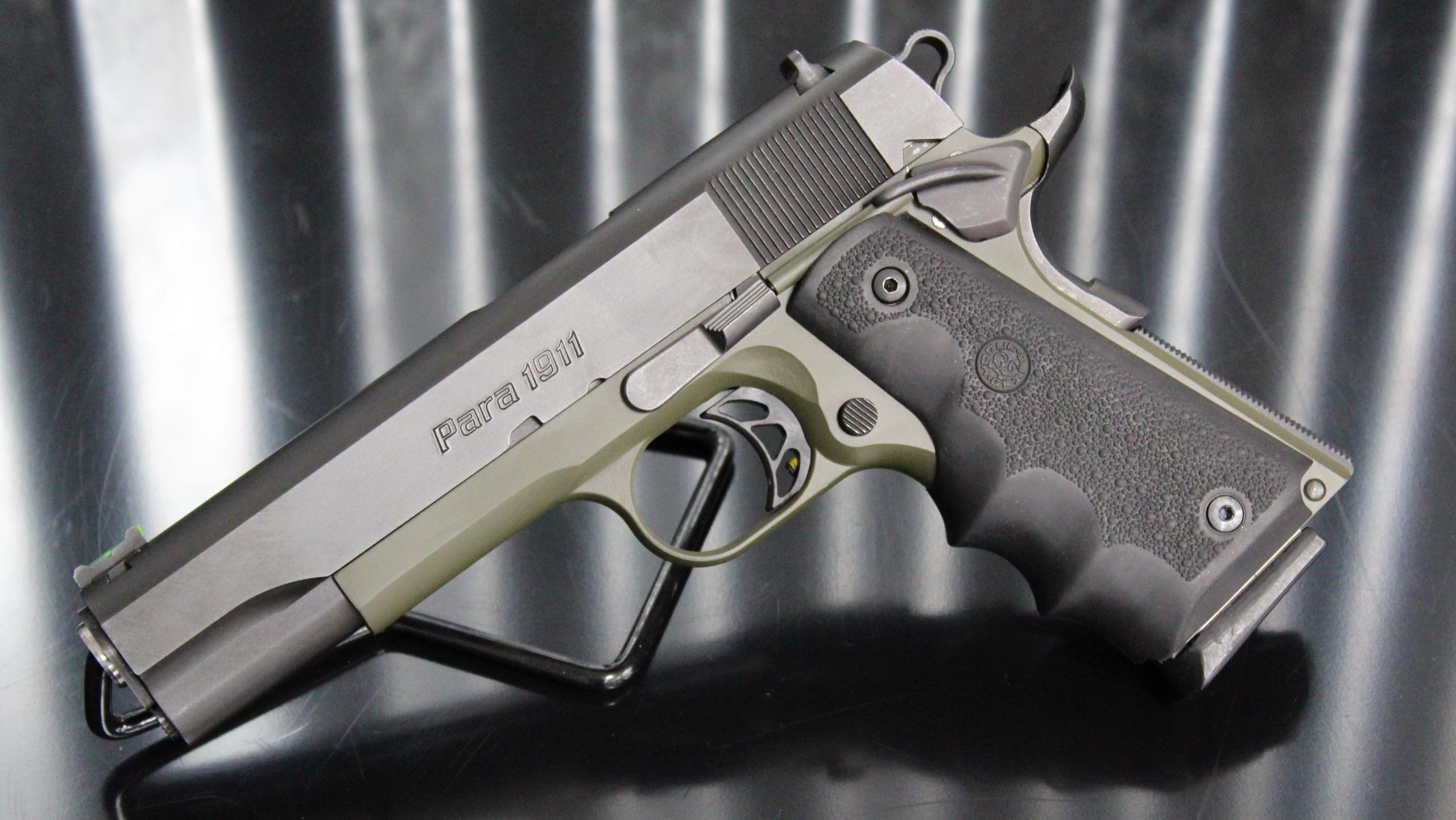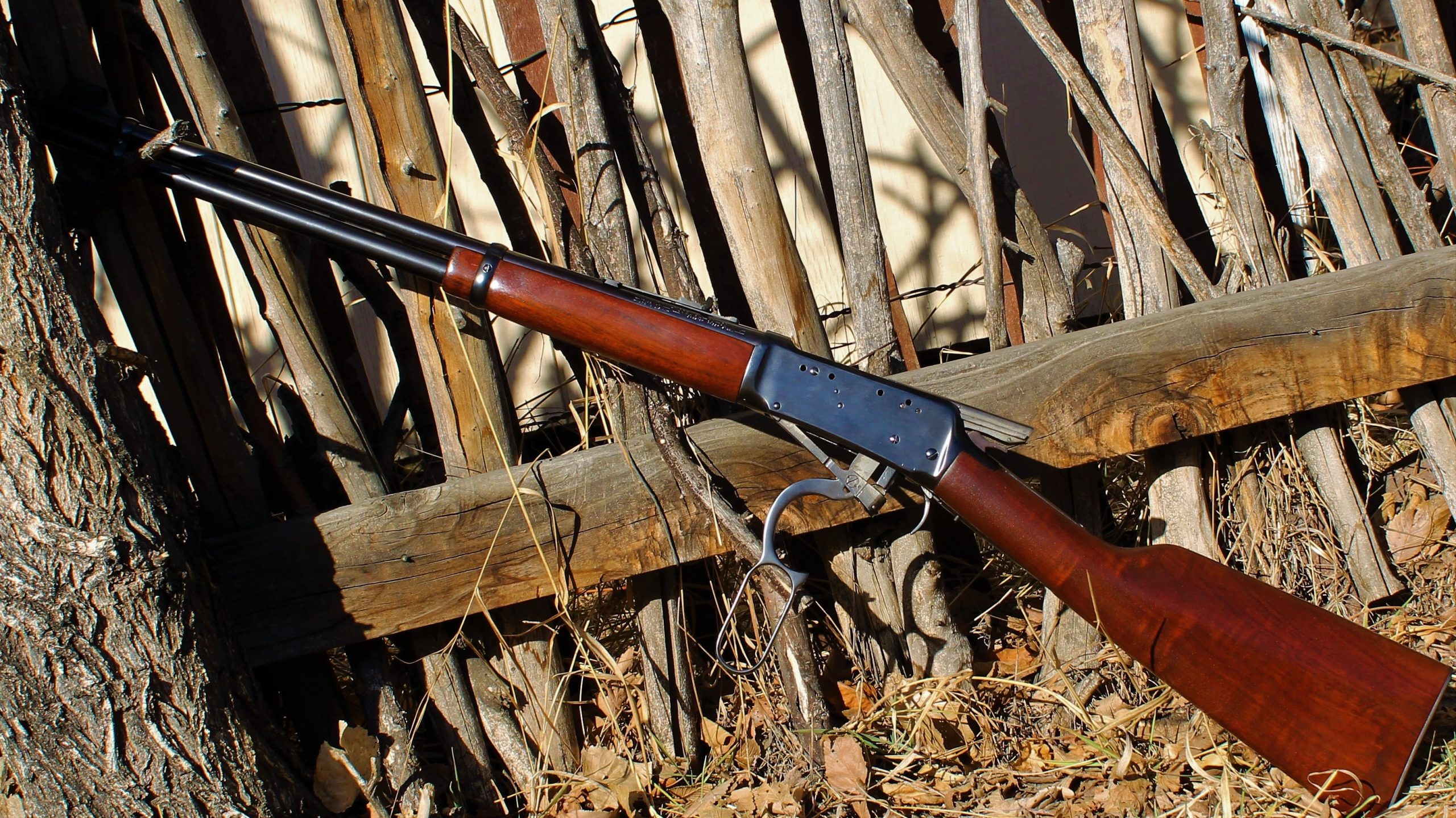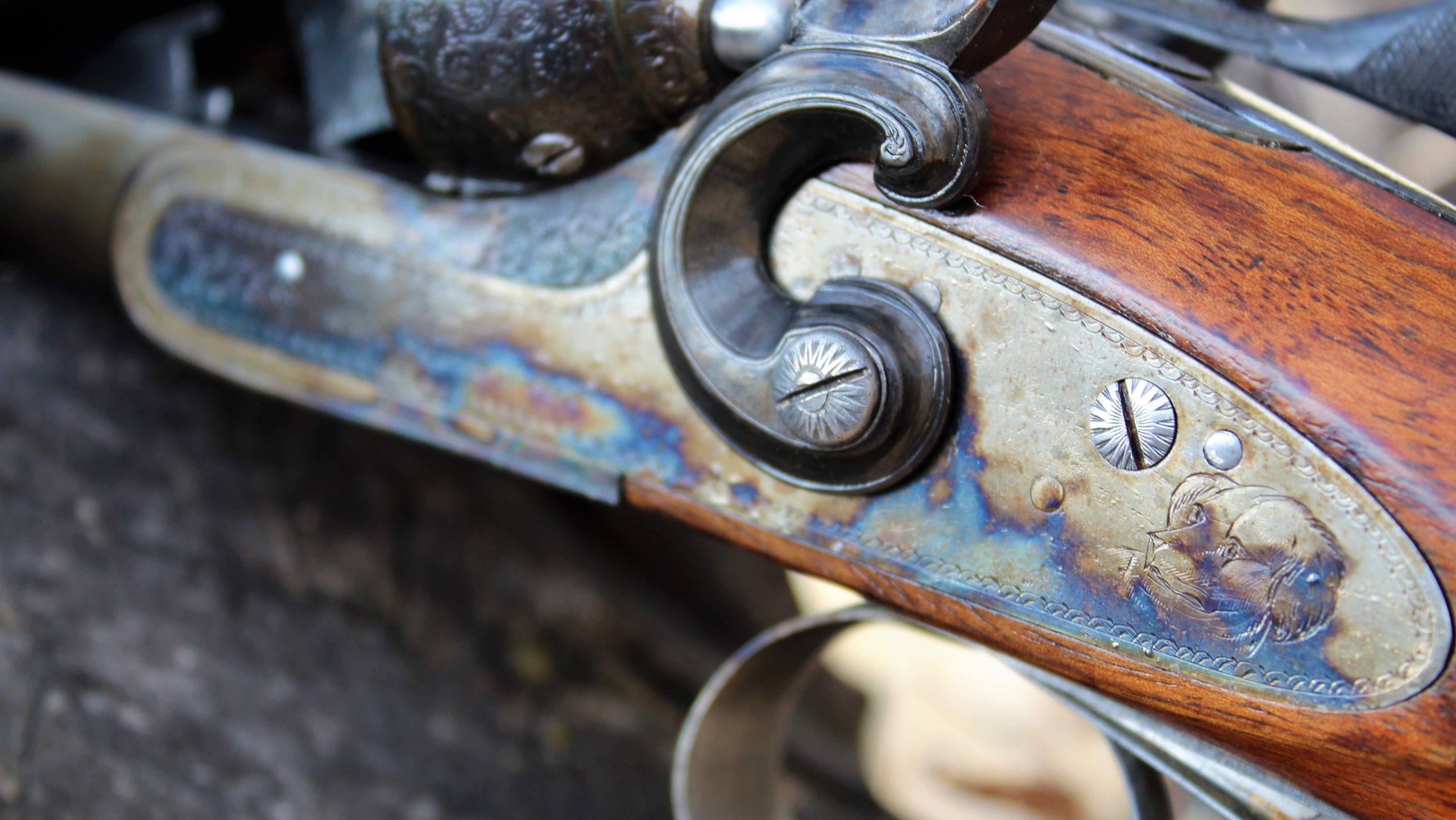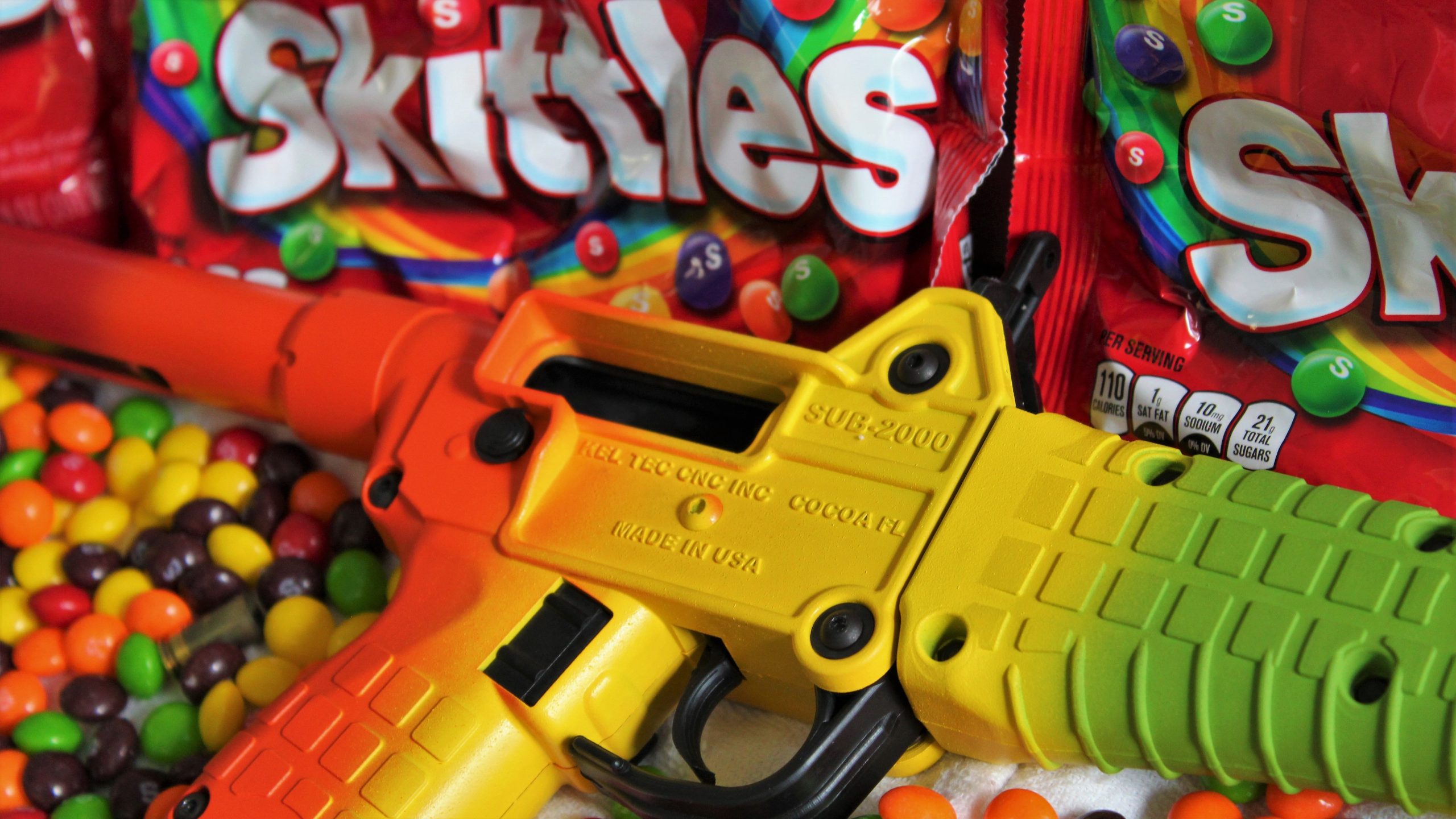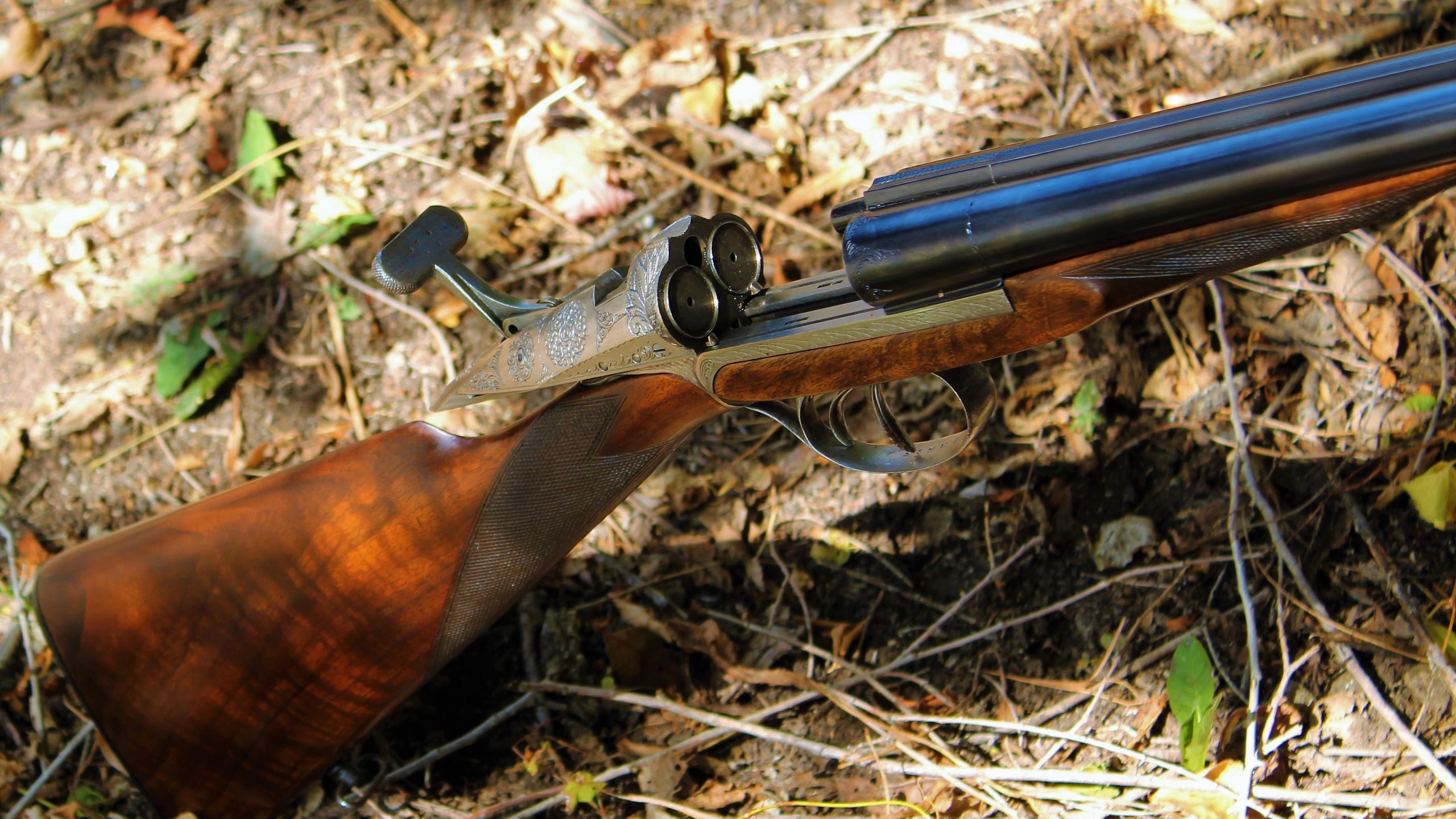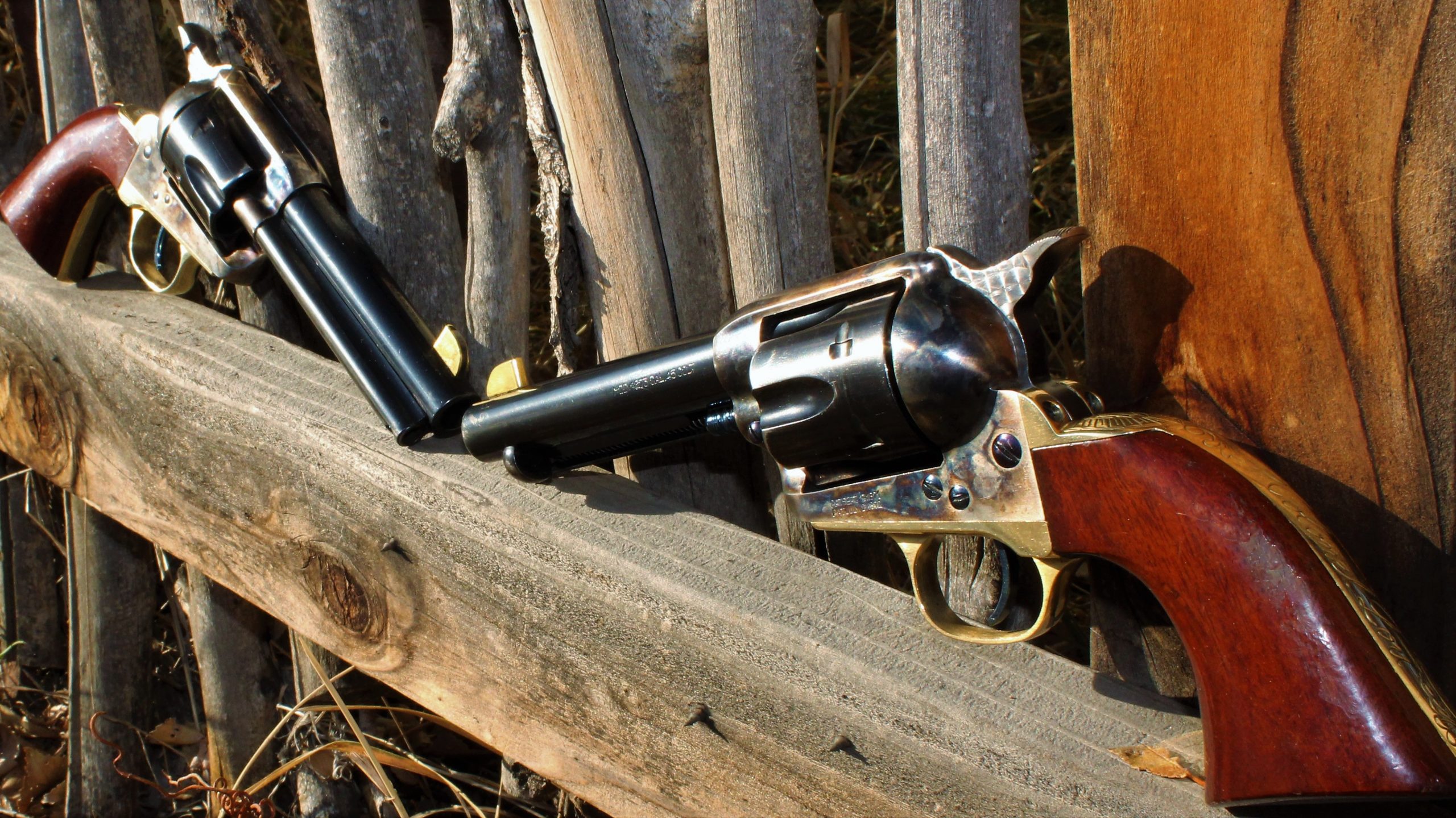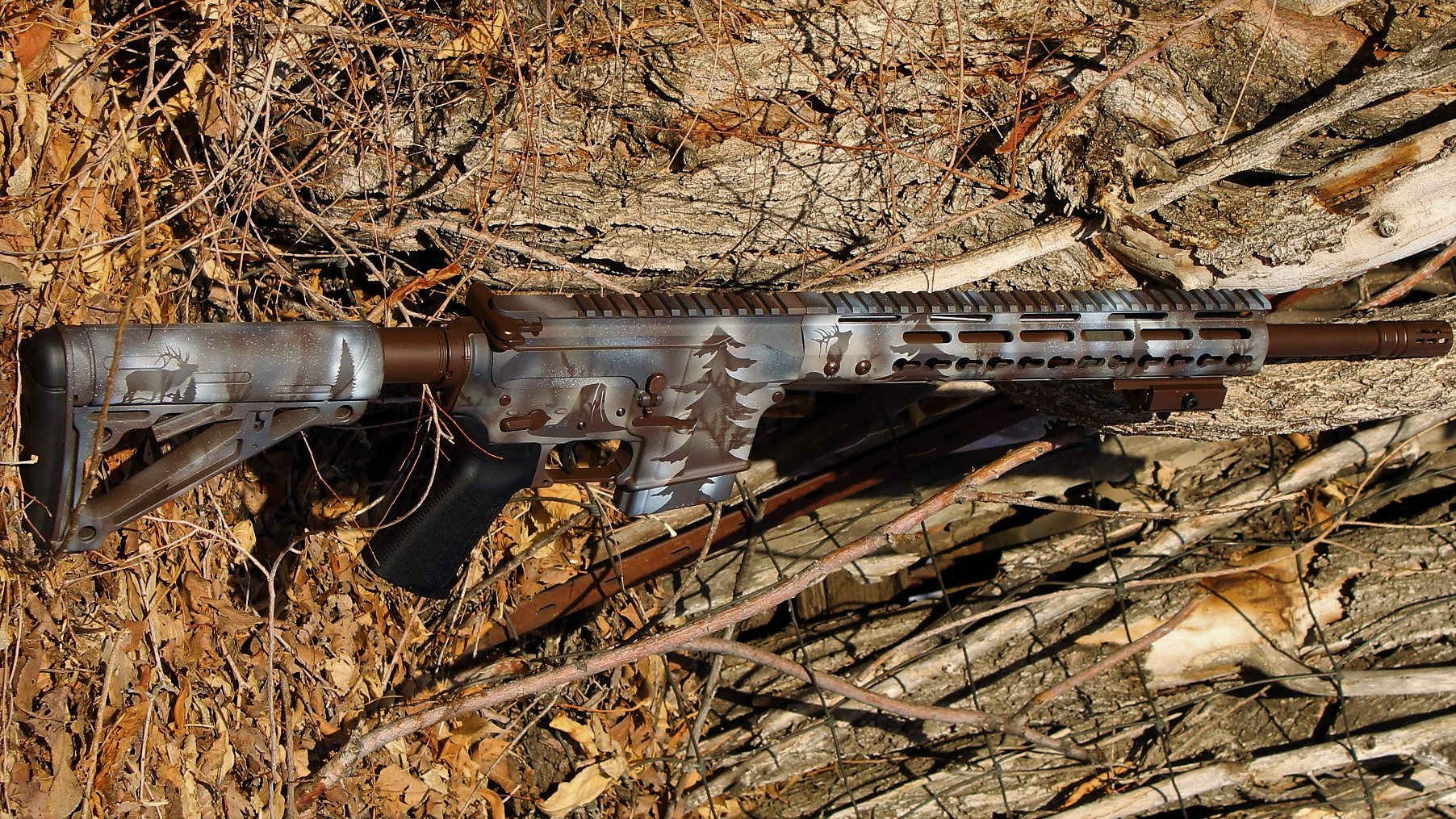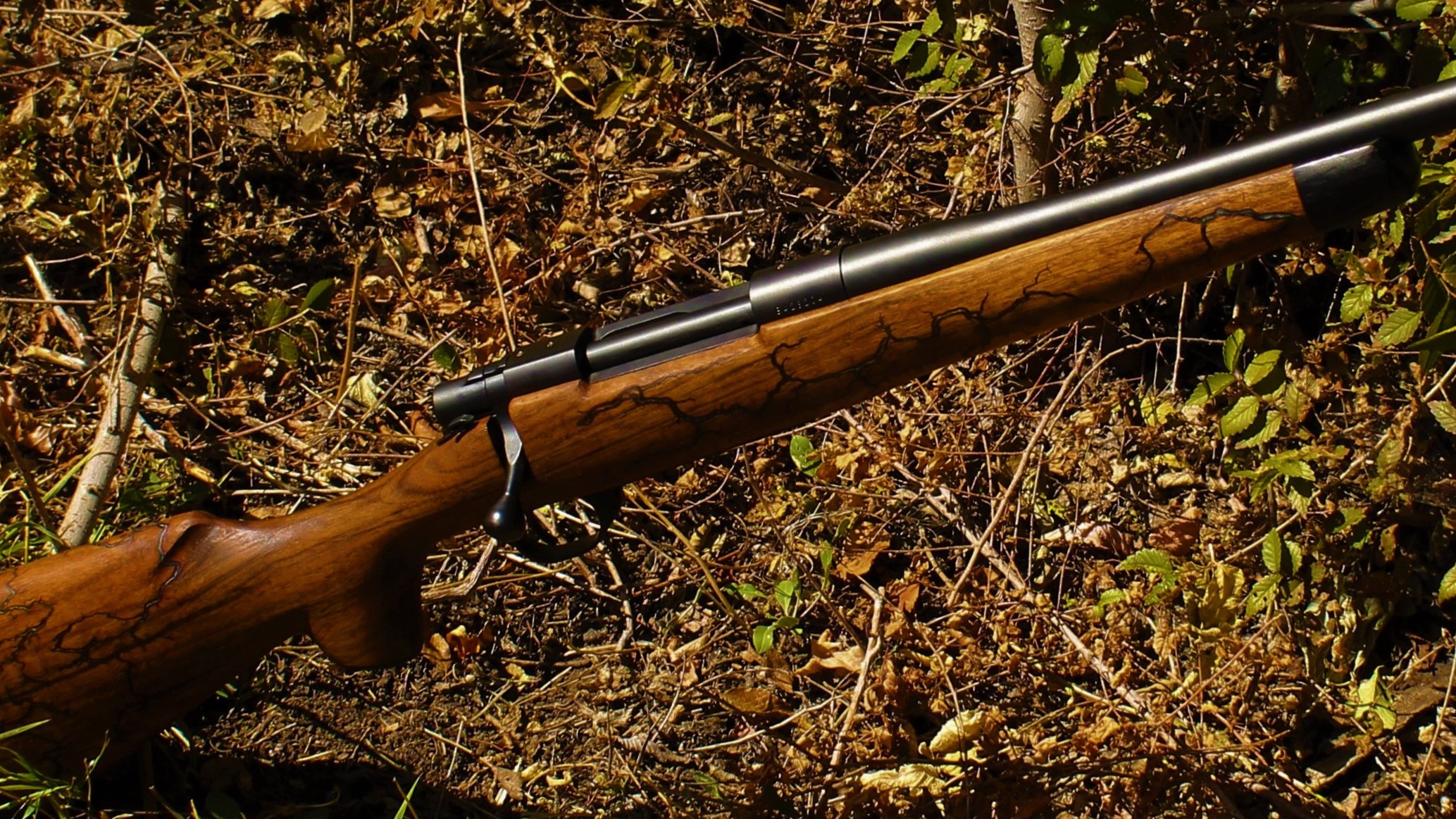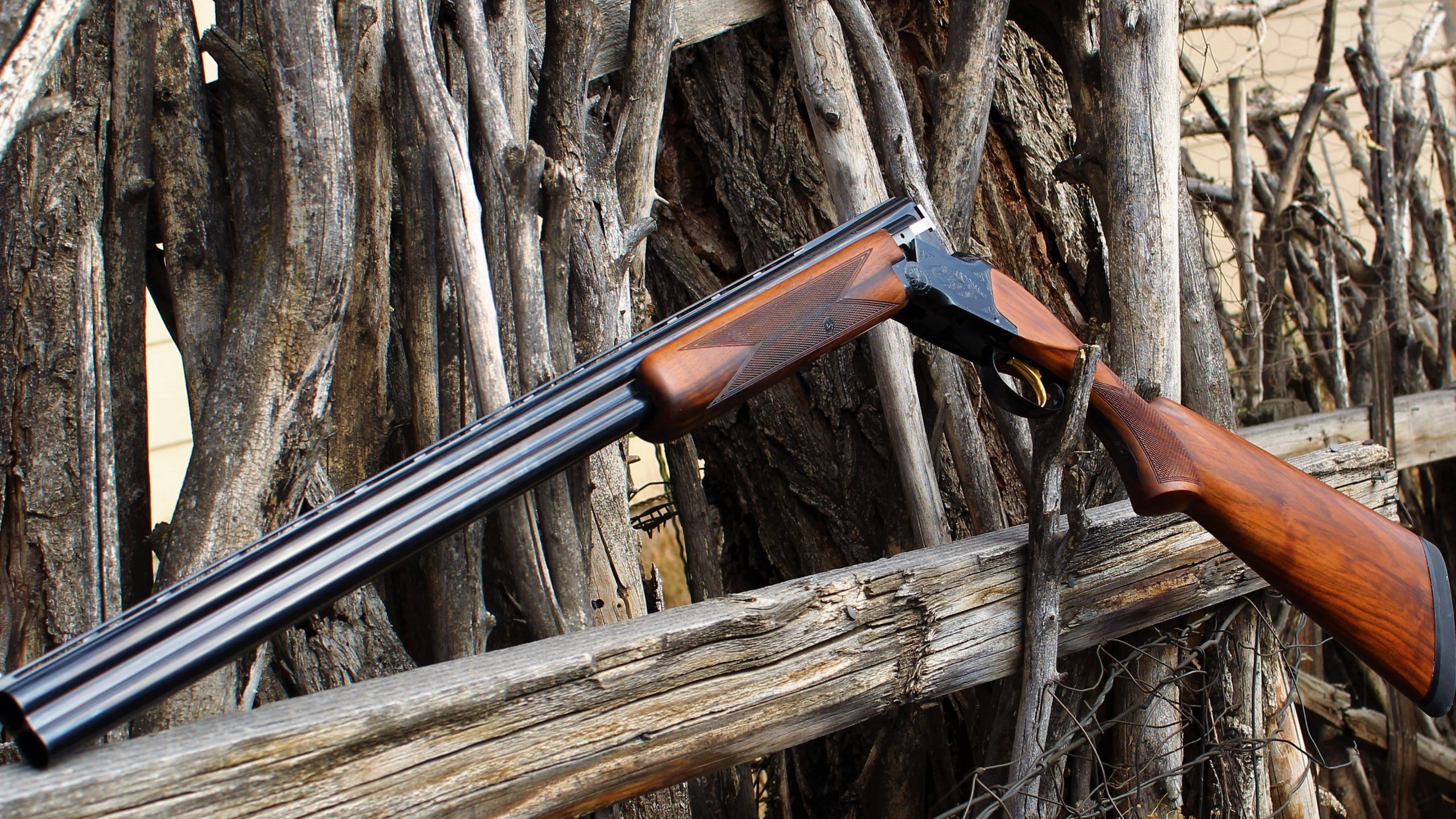Proper care of a pistol or rifle is the key to keeping it in good condition. Although most firearm owners are comfortable cleaning their own rifles or pistols, some take their firearms to a gunsmith or gunsmithing enthusiast for extensive cleaning. Aspiring gunsmiths should know how to clean a firearm. This is one of the first lessons taught in gunsmithing school.
Safety First
One of the most important rules of safety for gunsmithing is to always treat the firearm as if it is loaded. Point it down and away when cleaning or inspecting it.
While a gun owner or a gunsmith may become lax as they develop cleaning routines, it is important to remember eye protection when using solvents or chemicals. This is covered in gunsmithing school. Make sure the safety is on and the firearm is unloaded before inspecting or cleaning it.
How To Clean A Pistol
When the chamber is empty, partially disassemble the pistol according to the owner’s manual. Use a bore brush attached to a cleaning rod to scrub out the inside of the barrel. Add some solvent to the brush and scrub out the barrel a few more times. This is one of the most important parts to clean.
After doing cleaning the barrel, replace the bore brush with a patch holder. Run it in and out of the barrel a few times. Repeat the process with new patch holders until they come out mostly clean. Use a light to look inside the barrel. If there is additional fouling, clean it again. Always make sure the firearm is clean before storing it. For revolvers, clean the barrel and each of the chambers.
After the pistol is fired, the residue from the ammo can build up inside of it and cause corrosion. It is a good idea to clean a firearm regularly if it is used often, and a handgun that is fired occasionally and then stored should be cleaned immediately before storage. Follow each cleaning with proper lubrication. The areas and amounts of lubrication to use depend on whether the handgun is a revolver, single action or double action.
How To Clean A Rifle
One of the most common duties of gunsmithing is cleaning a rifle. It is similar to cleaning a handgun. However, not all rifles are the same.
Gunsmithing enthusiasts should use cleaning patches, a cleaning rod, solvent, rust protector and any necessary disassembling tools. Hoppe’s No. 9 bore cleaning solvent is a good choice for any gunsmith.
Be sure to clean the gun according to the owner’s manual. Most rifles open with a latch on the back of the upper side. Remove the bolt, bolt carrier and gas tube. Use the cleaning rod and bore brush with solvent to clean the barrel from the back. Put the rod all of the way down, pull it back up and avoid using a fast back-and-forth scrubbing motion. Do this a few times. Do not enter it from the front.
Follow this step by wiping the barrel with cleaning patches. Some rifles such as those made by Mosin Nagant have special cleaning instructions, which are covered in gunsmithing school. Lubricate the rifle when finished.
Firearm Storage
Firearms should always be kept in a locked place when they are not in use. This is important for any responsible gunsmith. Safe, lock box and other storage options are covered in gunsmithing school. A gunsmith must always keep a firearm safe while it is in his or her care.
Founded in 1947, the Colorado School of Trades (CST) has been a gunsmithing training destination since its inception. Our gunsmithing school enjoys a worldwide reputation built on a nearly 70-year history and a long list of successful graduates recognized by top Gunsmith employers everywhere. Find out more about a career in gunsmithing by calling 303-233-4697, Ext. 45.

